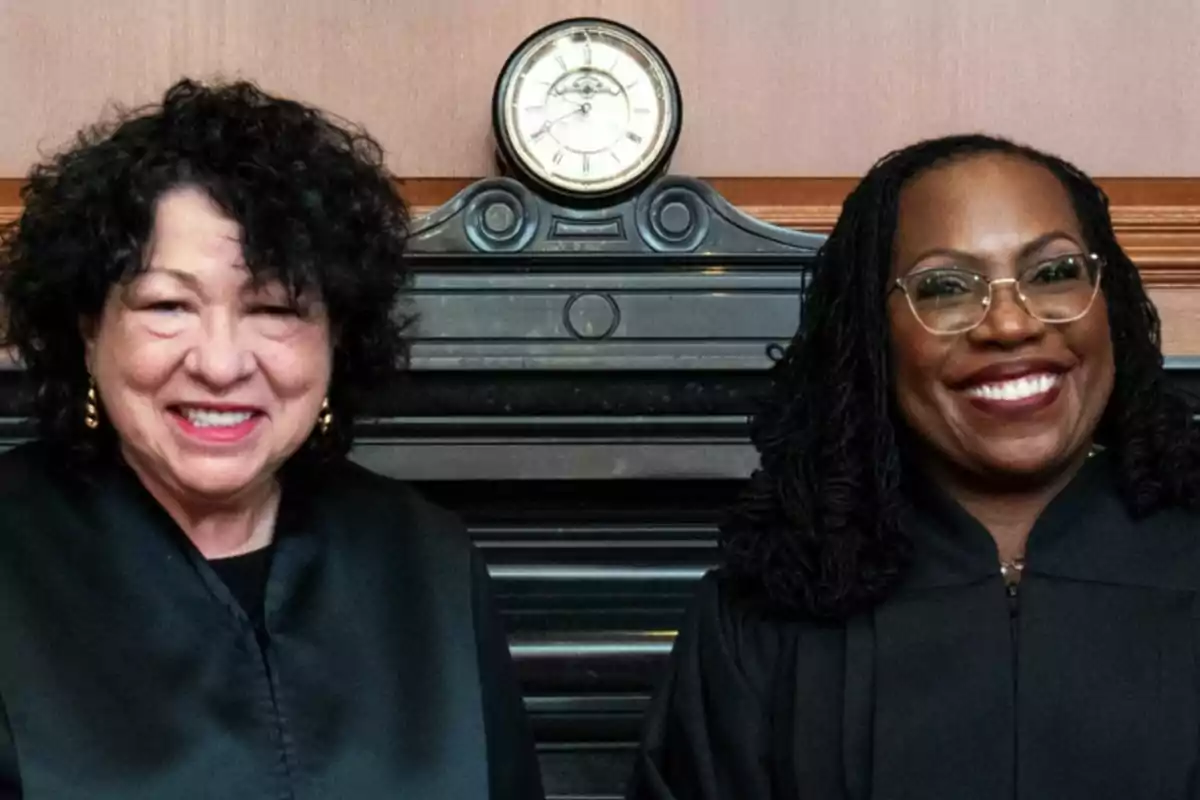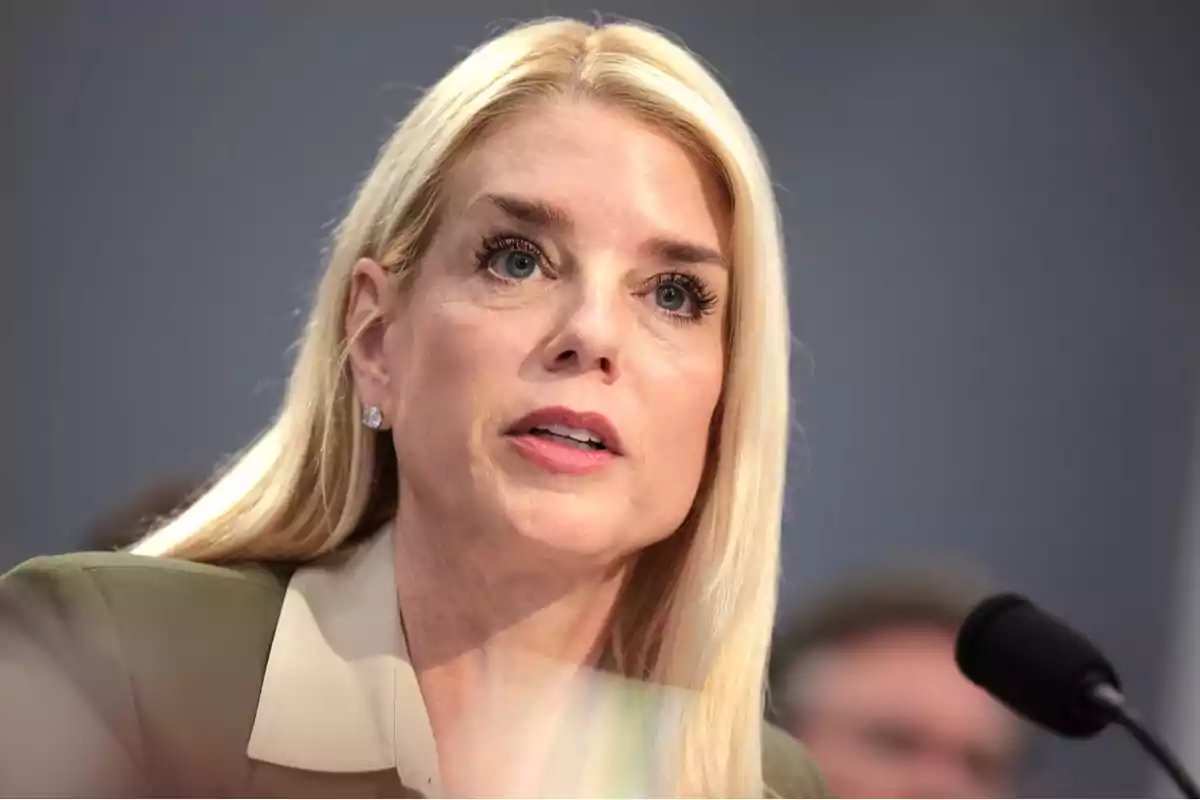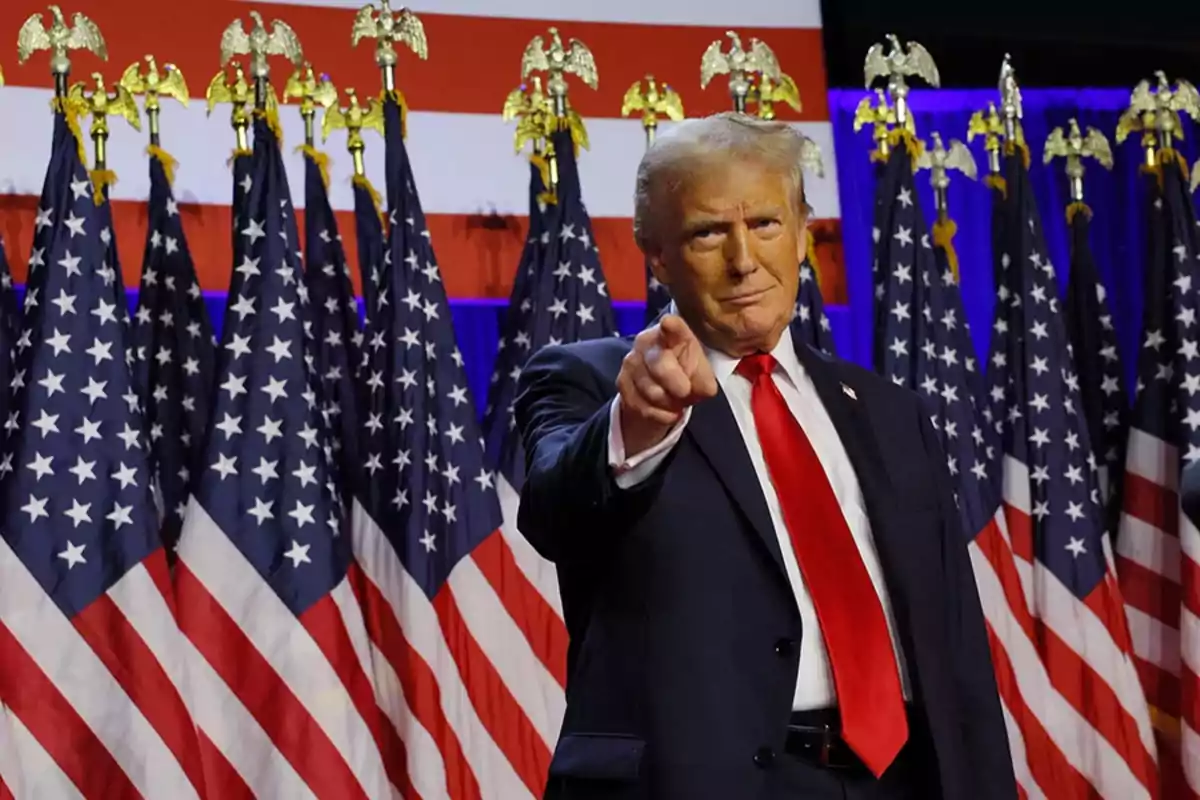
The US Supreme Court sided with Trump regarding the mass layoffs
The supreme judicial authority in the United States lifted an order from a lower court that prohibited mass layoffs of federal employees
On Tuesday, the United States Supreme Courtlifted a lower court order that blocked mass layoffs of federal employees in nearly two dozen agencies, amid a legal battle over President Donald Trump's efforts to drastically reduce the size of government.
This decision allows the Trump administration to resume its government reorganization, led by the Department of Government Efficiency (DOGE), under Trump's return to the White House.
The Department of Justice requested the Supreme Court's intervention after a federal judge in San Francisco, Susan Illston, issued an order that halted both the layoffs and the implementation of guidelines issued by the Office of Management and Budget (OMB) and the Office of Personnel Management (OPM), which were implementing Trump's executive order.
Illston held that the president can't restructure federal agencies without congressional approval, as Congress is constitutionally responsible for creating, funding, and assigning functions to these agencies.

In a brief and unsigned opinion, the Supreme Court considered that the government is highly likely to demonstrate that the executive order is legal, so it granted the request to suspend the injunction. However, the Court clarified that it is not ruling on the legality of the specific personnel reduction plans resulting from that executive order.
Justices Ketanji Brown Jackson and Sonia Sotomayor dissented. Jackson criticized the ruling for supporting, according to her, legally questionable presidential actions in an emergency context. Sotomayor, although she joined the decision to suspend the injunction, emphasized that the Court is not yet deciding whether the mass layoffs will be legal under the constitutional framework.
Attorney General Pam Bondi welcomed the decision, calling it a victory that stops lower courts that were attempting to restrict presidential authority over federal personnel.

Meanwhile, a coalition of unions, nonprofit organizations, and local governments, which sued nearly all affected agencies, expressed disappointment, stating that the decision threatens essential services and weakens democracy. They argue that firing federal employees en masse without congressional approval violates the separation of powers.
Trump's executive order, issued in February, required agencies to submit mass layoff plans, officially known as reductions-in-force (RIF). Some departments began implementing these cuts earlier this year.
Others were ready to do so in the following weeks. These layoffs are different from the terminations of employees in their probationary period, which are also numerous.

The government, in appealing to the Supreme Court, argued that Judge Illston's injunction was incorrect and was based on the mistaken premise that the president needs congressional authorization to make personnel decisions within the Executive Branch.
It argued that the order interferes with the internal operations of the Executive and forces the retention of employees whom the agencies no longer consider necessary, at a high cost to taxpayers.
Meanwhile, the unions warned that allowing the cuts to continue before resolving the merits of the case could cause irreversible harm, such as the abolition of key offices and functions, and the loss of essential services.
The legal dispute is ongoing, and the lower courts must still assess the legality of the specific reorganization plans arising from this controversial executive order.

More posts: